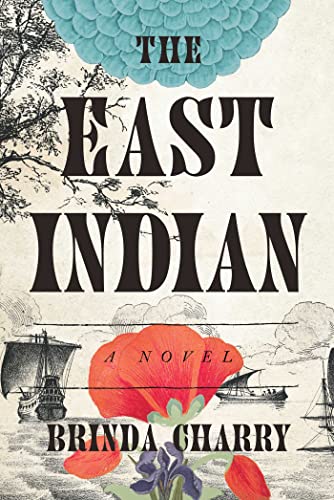The East Indian
The author, a Renaissance scholar, fills an important gap in colonial American history by allowing us to see 1630s Virginia through the eyes of an émigré from what was then called “East India.” Inspired by a single brief mention of an indentured servant named Toby in the “headright” rolls of a Jamestown landowner, and also by the brief appearance of the “little Indian Boy” in Shakespeare’s A Midsummer Night’s Dream, Charry creates a memorable narrator. Her Toby, a Tamil boy, journeys from the Coromandel eastern coast of India through London and on to Virginia as an orphaned child, surviving thanks to his wits, his fluency in English, and the fact that no one in the black-and-white world of Anglo-America quite knows what to make of him.
Through Toby’s eyes, the reader experiences the idyllic beauty of the Southern Indian coast just before it succumbs to the control of English colonialism. His fascination with English language and culture leads him to seek his fortune in the land of his barely known English father. His stay in England is ironically brief, however, as he’s impressed into a form of indentured servitude indistinguishable from slavery and transported to the fledgling colony of Jamestown.
His adventures follow a predictable pattern of loss and resilience, but Toby is original thanks to his insatiable curiosity and his unquenchable kindness of heart. This is a coming-of-age story whose narrator loses any sense of naïveté early on, but whose essential humanity is inspiring.
Readers will appreciate the gorgeous prose with which the humans and the natural setting of Virginia are described, and will keep reading eagerly to see whether Toby’s dreams of freedom and of becoming a healer will be realized.










